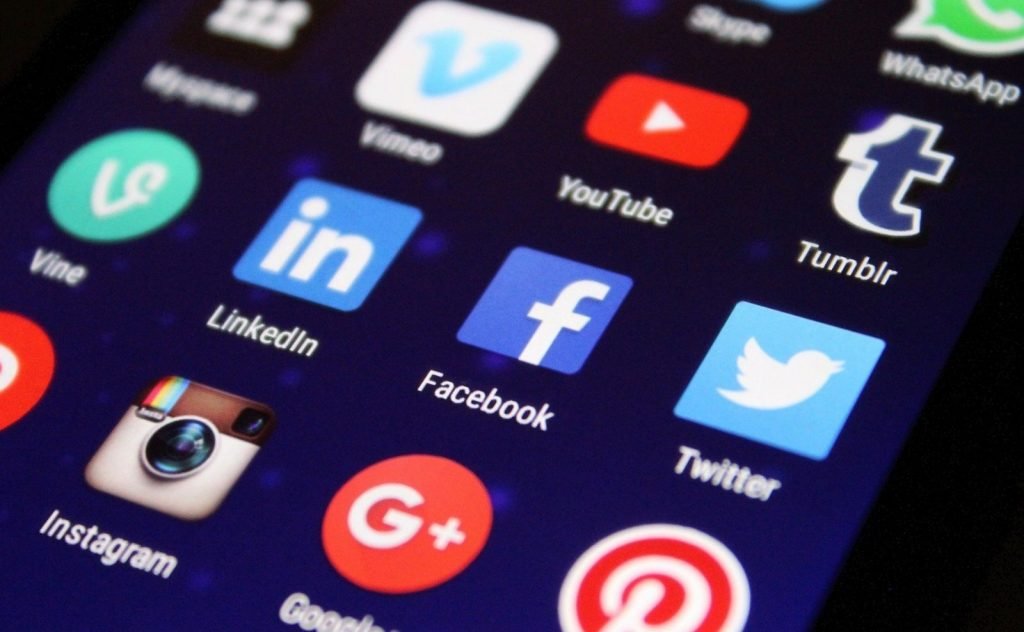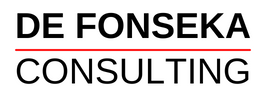
If you’re thinking about jumping into social media to promote your business, and you feel overwhelmed by the number of options, then this post is for you.
In this post, I’ll be comparing some of the major social media channels and share some tips to hep you decide which one would be best for your business.
But before we get started, I’d like to point out that this post relates to free/unpaid social media marketing. (As opposed to running ads on social media, which is a specialised subject and it’s not something I’ll be covering in this post.)
Also, I will use the term channel (in the singular), though you could choose to use more than one channel. But when starting out, it’s best to choose one or two channels and work with them, until you have them well under control. You can then think about branching out into additional channels.
Now that the preliminaries are out of the way, let’s dive in!
Your Target Audience

When trying to decide on the best channel, the first and most important factor you need to consider is your target audience.
To successfully market your business on social media, you need to find out where your potential customers are hanging out, and then engage them there.
But in order to do this, you first need to know who your potential customers are.
Are they mostly male or female? What is their average age? These are some of the questions you’ll need to consider. So now, let’s have a quick look at the different groups and categories of people and where they tend to congregate.
I have used this awesome article from Khoros as my source for most of the statistics: The 2020 social media demographics guide. You can view all the direct references and citations there.
And I used this article from OmniCore for just the TikTok demographics: TikTok by the Numbers: Stats, Demographics & Fun Facts
Please bear in mind that while these numbers are a good general indication, there are always going to be outliers and exceptions (like cool dancing dads on TikTok)!
Age Group
So now, let’s consider the different social media channels in terms of their core users’ ages.
First, let’s have a look at the numbers:
- 86% of people ages 18-29 use Facebook
- 77% of people ages 30-49 use Facebook
- 51% of people ages 50-65 use Facebook
- 34% of people that are 65+ years old use Facebook
- 67% of people ages 18-29 use Instagram
- 47% of people ages 30-49 use Instagram
- 23% of people ages 50-64 use Instagram
- And only 8% of people that are 65+ years old use Instagram
- 34% of people ages 18-29 use Pinterest
- 35% of people ages 30-49 use Pinterest
- 27% of people ages 50-65 use Pinterest
- 15% of people that are 65+ years old use Pinterest
- 38% of people ages 18-29 use Twitter
- 26% of people ages 30-49 use Twitter
- 17% of people ages 50-64 use Twitter
- 7% of people that are 65+ years old use Twitter
- 21% of people ages 18-24 use LinkedIn
- 60% of people ages 25-34 use LinkedIn
- 17% of people ages 35-54 use LinkedIn
- And only 3% of people that are 55+ years old use LinkedIn
Youtube
- 81% of people ages 15-25 use YouTube
- 71% of people ages 26-35 use YouTube
- 67% of people ages 36-45 use YouTube
- 66% of people ages 46-55 use YouTube
- 58% of people that are 56+ years old use YouTube
SnapChat
- 53% of people ages 15-25 use Snapchat
- 34% of people ages 26-35 use Snapchat
And then it trails off from there.
TikTok
- 41 percent of TikTok users are aged between 16 and 24.
- Roughly 50% of TikTok’s global audience is under the age of 34 with 26% between 18 and 24.
So generally speaking, the really young people (early teens to early twenties) tend to use networks like Snapchat, TickTock, Youtube, Twitter and Instagram. And they’re not very active on networks like Facebook or LinkedIn.
People in their early twenties through to the mid thirties tend to use Instagram, Pinterest, Facebook, Twitter, and LinkedIn. But not so much, TikTok or Snapchat.
People in their forties and above will tend to favour Facebook, Twitter and LinkedIn more, with perhaps some of them using Instagram and Pinterest.
And more or less everyone uses Youtube!

Sex
The next factor to consider is whether your potential client or customer are predominantly male of female. (And no, ‘yes, please’ isn’t a valid response!)
So now, let’s look at a breakdown of audiences based on sex.
- 54% of Facebook users are female
- 46% of Facebook users are male
Roughly, half and half, with slightly more female users.
- 51% of Instagram users are female
- 49% of Instagram users are male
Again, roughly, half and half, with slightly more female users.
- 70% of Pinterest users are female
- 30% of Pinterest users are male
Overwhelmingly more female users.
- 50% of Twitter users are female
- 50% of Twitter users are male
Perfectly spilt down the middle!
- 43% of LinkedIn users are female
- 57% of LinkedIn users are male
So, slightly more male users.
Youtube
No detailed breakdown is available here. But the source states ‘Over 50% of YouTube users are female.’
Snapchat
- 61% of Snapchat users are female
- 38% of Snapchat users are male
As with Pinterest, the overwhelming majority of Snapchat users are female.
TikTok
- 56% of TikTok users are male
- 44% of TikTok users are female
The boys definitely dominate the numbers for this one!
Businesses Vs Individuals

Are your potential customers and clients businesses, or are they private individuals?
If they’re businesses, then LinkedIn and Slideshare are my top recommendations. But according to this article, Twitter and Youtube are also suitable channels for reaching businesses.
If they’re individuals, then you should consider the other channels such as Facebook, Instagram and TikTok, based on other criteria such as age and so on.
Your Industry
This ties in a little bit with the previous section. But it’s also something that you have to consider separately.
The industry you’re in will determine which social media channel is most appropriate.
For example, if you’re in the retail clothing industry and selling yoga pants, LinkedIn will not be a good fit for you. First, the audience on LinkedIn is mostly male. Plus, the users are more likely to be interested professional and work related topics such as education and business tools etc. If it came down to clothes, the LinkedIn audience might be more interested in suits and office wear than in yoga pants.
Snapchat, Pinterest, Facebook and Instagram, on the other hand, might be a very good fit for you, because the audiences are predominantly female and of the correct age-group, plus they’d be more interested in sports and leisurewear.
Putting it all Together
Thanks to the above information, we can more accurately say who hangs out where. This enables us to easily reach the right audience for our business and tailor our message to suit them.
For example, if I was interested in reaching business clients that were males, aged 25-34, my number one option would be LinkedIn.
Similarly, if I wanted to reach private individuals, who are females, aged 18-29, I would go with Instagram and Pinterest.
One More Thing!
Before you run off to start posting about yoga pants on LinkedIn, sorry, Instagram, there is one more thing I’d like to share. That is, pick a channel and format that you’re already familiar with.
It might seem like common sense, but sometimes, the numbers and the opportunities get the better of us and can make us go with something that is not a good match for us (and therefore becomes unsustainable in the long run).
So if you have a choice between Facebook and Twitter and your more familiar with Facebook, then start there.
Similarly, if you’re more of a writer than a graphic designer or video-maker, then stick with the written word at first.
This is because you need to post consistently when trying to build an audience, and taking the path of least resistance will help you do this.
So there you have it! You now know which factors to consider, and which social media channels would be best for you, based on those factors. No guessing required!
I hope you found this guide helpful. Please remember to get in touch with me or leave a comment, if you have any questions or ideas of your own. And please share this post with anyone you know who might be interested in it.
Many thanks!
